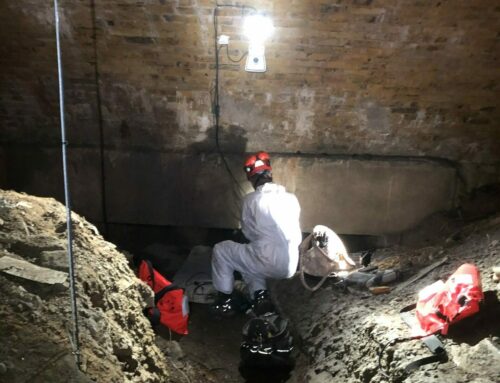Trash screens are designed to prevent debris entering culverts and causing blockages which reduces the risk of flooding; however, the installation of a trash screen can also create a flood risk if not cleared regularly. The amount of debris collected by the screen is dependent on its location and the time of year. Maintaining the screen using planned maintenance is costly and can be ineffective as the screen is often visited when it doesn’t need cleaning or isn’t visited when it’s blinded. Monitoring either via water level measurement or via still or video images allows the screen maintainer to proactively manage the cleaning of screens prior to and during events.
Aquasition has installed several trash screen monitoring systems for clients. The systems are battery operated and use wireless communications to transmit data and alarms to a web hosted data platform. This in turn allows visualisation of the level data, images and forwarding of alarms via email and or text (SMS) message.
Trash screen monitoring can take various forms:
Single level measurement upstream of trash screen. The device detects rising water levels due to debris build up on the screen and sends alarms when pre-set water levels are reached.
Differential level measurement. Water levels are monitored either side of the trash screen. If the water levels are similar, the screen is clear. Rising levels upstream of the screen indicates the screen is blinding. Faster rising downstream levels indicate there is a capacity issue or a downstream blockage. The system can also be used to determine when screen cleaning has taken place and how effective the cleaning has been.
Visual based monitoring of trash screen using either still image or video camera systems. This provides clients with visual images of the screen state. Camera systems don’t require any existing infrastructure to operate being battery powered and using mobile phone network to transmit images from site. The cameras can also be fitted with infrared illumination for night-time operation.
-

-

Debris on screen







